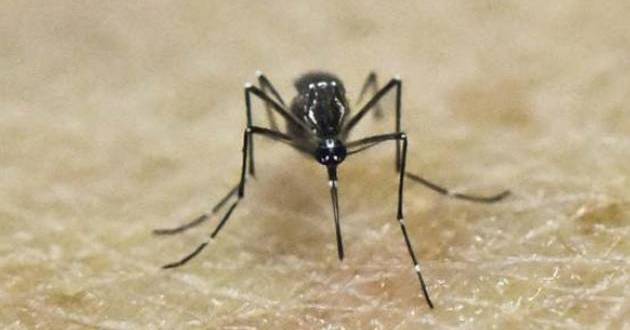Washington: Beware to-be mothers! According to a recent study, Zika virus could lead to a greater risk of miscarriage in the early stage of pregnancy.
By administering Zika virus directly into the reproductive tract of pregnant mice, that have an intact immune system, the researchers at Johns Hopkins University Bloomberg School of Public Health found, the Zika virus appears to create disorganization in the cellular layers of the placenta that keep toxins, bacteria and viruses from crossing.
This disorganization could be how the virus penetrates the placenta to infect the fetus.
The study was published in journal, Nature Communications.
The researchers also discovered a mechanism by which Zika may be keeping antiviral proteins in the body from doing their job of protecting cells from the virus.
“We need to find a way to stop transmission of Zika through the placenta into the fetus, because that is where the damage is being done. In the placentas of our mice, we’re seeing a defense against Zika being mounted, but falling short, especially in early pregnancy, a time that corresponds to the first trimester in humans,” says study co-leader Sabra L. Klein, PhD, an immunologist and microbiologist at the Johns Hopkins Bloomberg School of Public Health.
For their research, the scientists developed a new mouse model which they say is uniquely capable of helping them to understand the mechanisms behind Zika transmission to the fetus. Unlike other mice used to study the virus, the Hopkins mice have completely intact immune systems more similar to humans, which enable researchers to see all that is involved in mounting an immune response.
To conduct the research, the researchers injected Zika virus directly into the reproductive tract of the pregnant mice during what would be the equivalent of the first trimester in a human.
The researchers used several different strains of the virus, using older strains – one from an outbreak in Nigeria in 1968 and another from Cambodia in 2010 – and contemporary ones from Brazil and Puerto Rico, from the most recent epidemics.
The viability of fetuses after Zika infection was reduced, regardless of which strain was used. Viability ranged from 56 percent from infection with the Brazil strain to 71 percent following infection with the Nigeria strain. That means anywhere from 29 to 44 percent of pregnancies were lost following infection.
When the researchers infected the mice in the equivalent of the late second trimester instead, however, many fewer miscarriages occurred, suggesting that there is less vulnerability to Zika later in pregnancy.
The placenta is the key organ to a healthy pregnancy. It is typically organized into discrete layers of tissue. Under a microscope, the researchers found that the layers of tissue in the placentas of the mice infected with Zika virus were no longer organized well and might be how the virus could penetrate the fetus.
“This could be why the fetuses in the Zika-infected mice were so vulnerable to either miscarriage or brain damage,” says Irina Burd, study’s co-leader, MD, PhD, a maternal/fetal medicine physician at Johns Hopkins Medicine
While the virus appeared to cross into the placenta fairly easily during the first trimester, the same was not true in the second trimester. As in humans, the direct effects on the pregnancy were much less pronounced if the infection occurred later in pregnancy.
Since still so little is known about the long-term consequences of the Zika virus, “We don’t know if the effects persist in future pregnancies. We’re just dealing with the here and now. We have no idea what the long-term consequences are for the mother,” Klein says. (ANI)

